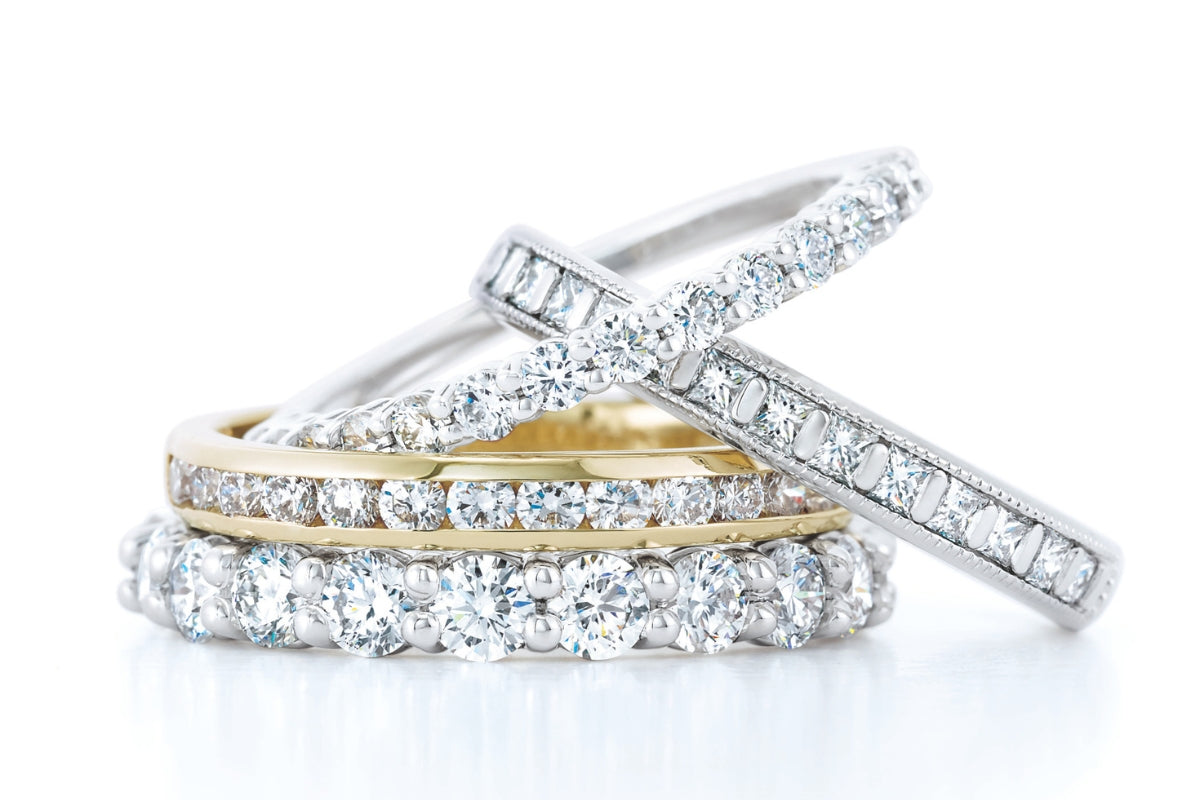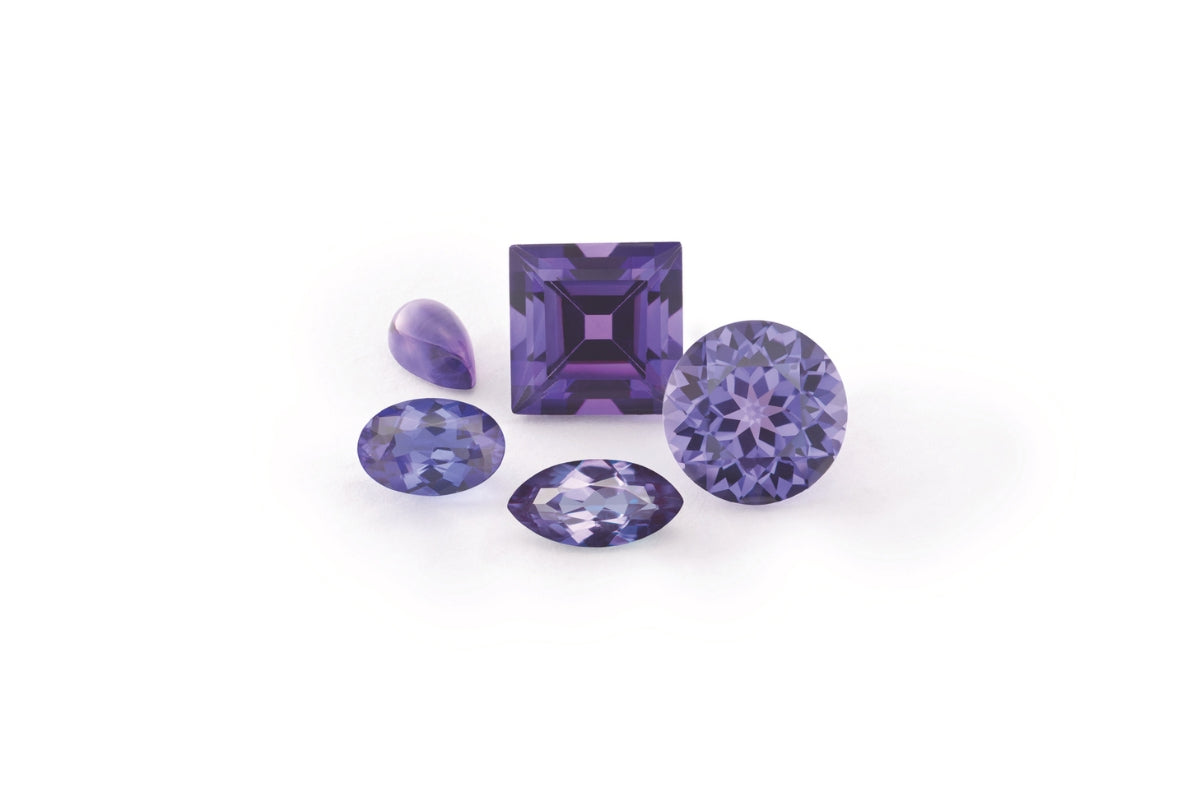Ratios are a great way to reduce large numbers into terms easier to understand. While certainly not a romantic equation, it’s likely you’ve never heard of the Diamond to Ore ratio does. Why? Because it accurately reveals one aspect of the many unsettling truths associated with diamond mining.
The ratio of diamond to ore is among the defining metrics that diamond mines use to calculate the return on investment before breaking ground on a prospective mine. The ratio calculates the average amount of ore (rock) that needs to be moved in order to yield diamonds. This ratio can vary based on geographic location and diamond mining techniques.
The ratio is derived from the Gemological Institute of America (GIA), reverse engineered, & re-calculated by Soha Diamond Co. to reflect finished (cut & polished) gem quality diamonds.
Keep in mind, diamonds are mined in a rough state and sold to the end consumer in a finished state. For example, the most highly sought after diamond carat weight is 1.00 carat. Which means that workers process approximately 7.35 US Tons (14,693 US Pounds) of ore in order to recover two carats of rough mined diamond, which would then finish into a one carat round brilliant diamond.
The process of diamond cutting is a fascinating one. It’s the only element of the 4 C’s that humans have control over. Diamond cutters have to work within the parameters of the “rough” diamond with the underlying goal of maximizing its weight. The cutter cannot control whatclarity characteristics it exhibits, whatcolor of the stone is, or how large (carat weight) the rough was to begin with.
With adequate planning, ideally, the cutter will choose to maximize all, some, or one of the 4 C’s (Clarity, Color, Cut, Carat Weight). Sometimes, choosing to either minimize clarity characteristics, unleash the best possible color, focus on cut, or retain as much carat weight (or a combination of all four).
Even the dust from the cutting process is accounted for, saved, and reused for future cutting and polishing tools and equipment. Therefore, experience, precision, and minimal weight loss is expected from modern day diamond cutters. Unintuitively, sacrificing the quality of the cut can sometimes be a trade-off in order to maximize other 4 C attributes. Depending on shape, weight loss can be as high as 85% of rough or as little as 20% of rough. Said another way, a 1.00 carat piece of diamond rough could result in as little as 0.15 carats (points) or as much as 0.80 carats (points) of cut & polished (finished) diamond.
The round brilliant is the most popular diamond shape and typically exhibits 50% weight loss from its rough to finished state. Therefore, 50% is the percentage we will use as the average weight loss for rough diamonds.
This percentage may vary on a case-by-case basis and on a number of contributing factors, most importantly, the final decision being made by the diamond cutter who will maximize as many attributes of the 4 C’s as possible.
This means that for every finished diamond you see being worn in fine jewelry or for sale, rest assured it was once on average a piece of “rough” that was approximately twice as large in carat weight upon discovery.
By purchasing a laboratory grown diamond, you are contributing to saving precious ore from being moved in the diamond mining process.
|
Mined Diamond (Carats) |
Ore (US Tons) |
Ore (Pounds) |
|
0.50 ct. |
3.67 |
7,347 |
|
1.00 ct. |
7.35 |
14,693 |
|
1.50 ct. |
11.02 |
22,040 |
|
2.00 ct. |
14.69 |
29,387 |
|
3.00 ct. |
22.04 |
44,080 |
|
4.00 ct. |
29.39 |
58,773 |
* Original diamond to ore ratio courtesy of the Gemological Institute of America (GIA). The ratio was reverse engineered & re-calculated by Soha Diamond Co.
* Note: 1.00 Carat = 100 Points
* Note: 0.01 Carat = 1 Point
* All weights and measurements are approximated and rounded two decimal places




